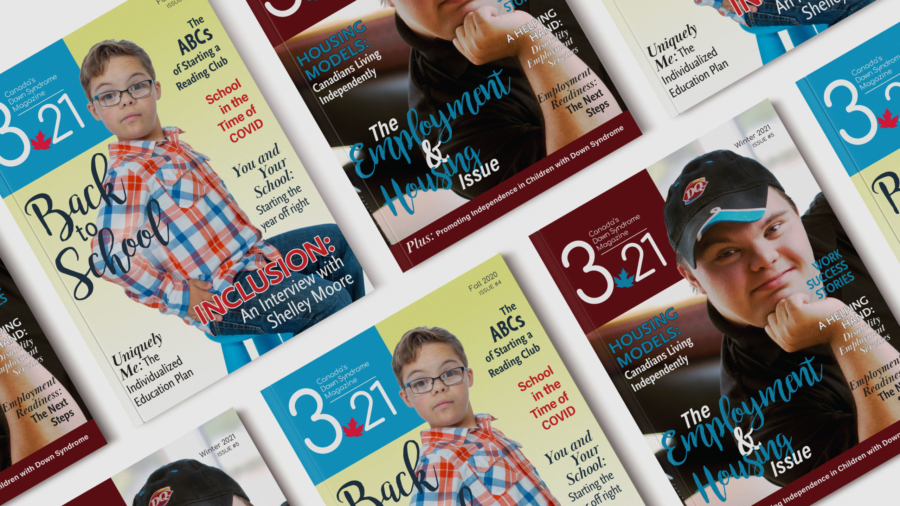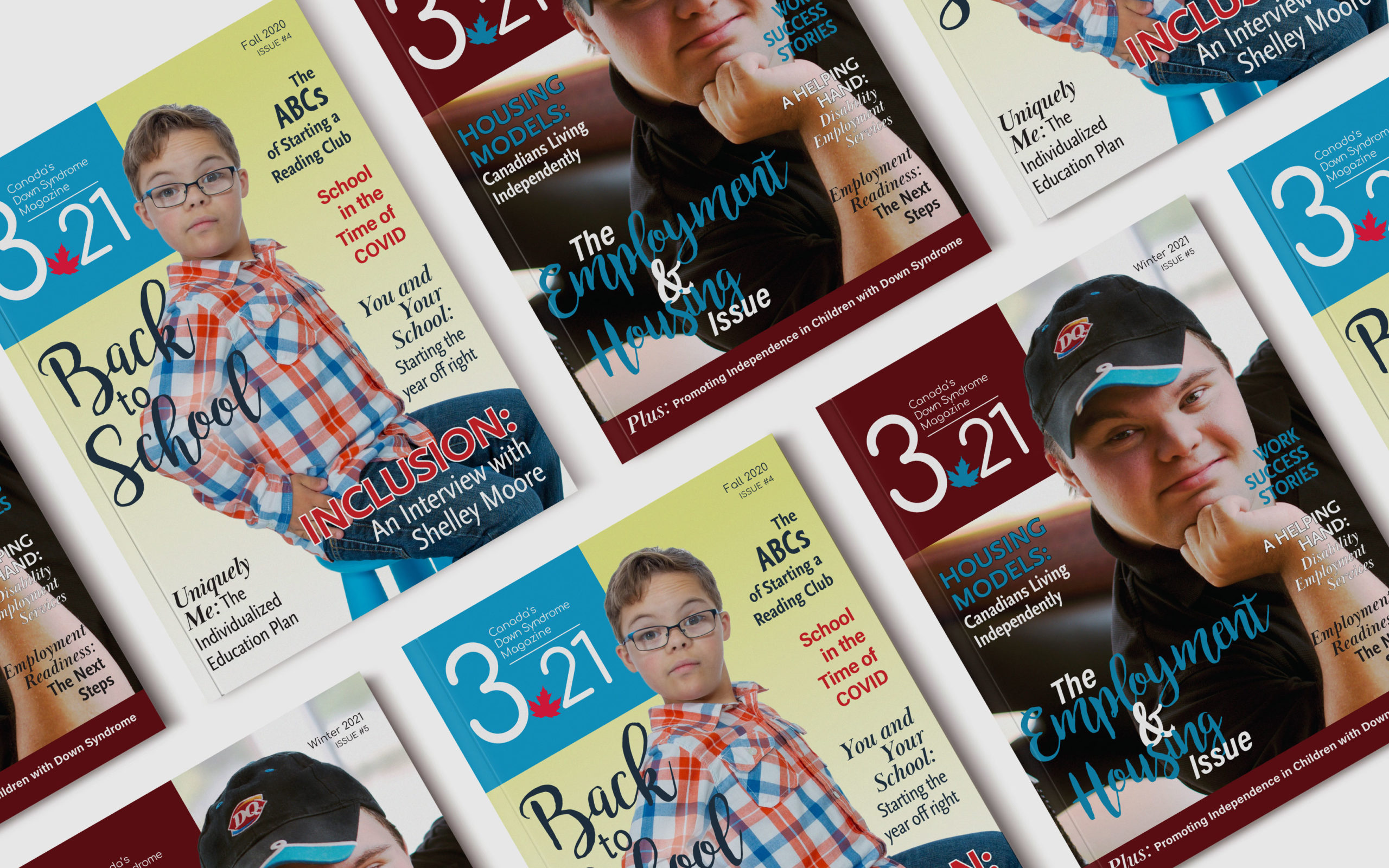
So you’ve got an event coming up, but you don’t quite have the budget to pull it off the way it exists in your planner brain. You need a bigger budget! You need sponsors.
Not always an easy task. Pitching sponsors can feel like going to endless job interviews, since both are all about selling yourself (well, your event), and making your proposal stand out above the many others that are also coming in. It’s convincing your crush that they should choose you. Because you, of course, will be the one to make all their (marketing) dreams come true …or something like that.
In order to attract sponsors to come on board with your event, here are a few things you should consider.
Make It About Them
No matter how friendly your potential sponsor seems, they’re not going to give you money just because you ask nicely. There has to be something in it for them—something good! Sponsors are looking for opportunities that benefit and support their marketing goals. Can your event offer some perks that align with their current marketing campaign?
Do some research before you even make contact. Get a sense of the organization’s community outreach goals, their mission statement, their key areas of investment, and find that sweet spot where your event fits. And be genuine—if you can’t find a reasonable connection or an avenue for your event to legitimately benefit the sponsor, then it will do you no good to make promises you can’t keep.
Let’s go back to the idea of job hunting. You are not about to send the same generic cover letter or resume to every company out there. You will customize it and explain specifically what you can provide for that potential employer, just as you must customize your sponsorship proposal to meet the needs of your potential sponsor. The same rules apply, so make yourself and your organization attention-grabbing and relevant!
Provide Lots of Data
When you are preparing the proposal, it is important to include all relevant details and data. The sponsor will be looking at your event as an advertising opportunity, so they’ll want to see some statistics before they decide that your event is a worthwhile investment. Here are a few pieces of information you should be prepared to share:
- Provide information about anticipated attendance, as well as the demographics of those in attendance. It is best when the target market of your brand matches that of the prospective sponsor. Could members of your audience be potential customers for your new sponsor? What can you do to increase the likelihood that they are, or that they could become such? Let them see how they will be reaching the right audience by contributing to your event.
- You should also have statistics about social media engagement. Demonstrate that your audience is an attentive and social one, and that your potential sponsor would benefit from being the object of this potentially far-reaching attention. And encourage your audience to share! #mutuallybeneficial
- Show how you will measure the success of your event, and therefore how your sponsor will easily recognize that their investment was a wise business move.
- Get testimonials from past sponsors. Specific reactions from previous supporters of your event will give your potential new sponsor something to which they can relate.
- It can also useful to be particular about the funding you require. Break down the relevant parts of your budget and where your potential sponsor’s funding would go.
Consider Different Type of Sponsorship and Maximize the Non-Financial Benefits
Give your sponsors options for how they can show their support. While some might have a monetary allowance they can spend, others might only be willing to participate with an in-kind agreement of goods or services. Be flexible! Are there ways you can maximize an in-kind contribution?
Perhaps you can use a sponsor’s gift as a door prize, which offers value to your audience. Maybe they are willing to provide a particular service at your event, which can help you save on event expenses. Ultimately you want to build ongoing partnerships with your sponsors, so be open-minded—you never know what might happen and it could be the start of a great and long-lasting relationship.
If the arrangement is for a financial contribution, be sure to provide sponsors with multiple tiers of sponsorship options—and be clear about what they will get in return at each level. List everything, even the things that might seem obvious to you.
For example, if you will have a professional photographer at the event, you can ask your photographer to ensure they capture the sponsor’s logo or event-attending rep in action. Then make sure the sponsor gets emailed copies of those photos, which can be super valuable when they need to report back to their superiors on how they spent their sponsorship budget.
As another example, maybe your sponsor has a trade show booth and they’re looking for exposure. If your event has the space for it, why not offer them some real estate? It’s an additional perk for your sponsor, and costs you nothing. You have just added value to your proposal without spending a penny.

In what other ways might you offer value to your sponsor? Don’t be afraid to ask them directly. Your attention to detail here can make all the difference: not only can it determine whether or not a sponsor views your event as a valuable investment they want to repeat in the future, but if you take full advantage of your resources, you may be surprised at how much extra value you can give back to that sponsor.
In the end, it’s all about building relationships. Your organization is seeking funding, and your potential sponsor is hopefully looking for exposure and/or marketing & PR opportunities. With the right match and a little creativity, you can develop a mutually-beneficial arrangement that has both parties feeling like they’ve won the lottery!
Still feel like you need some support? Reach out to us at Curve and we’ll be thrilled to help you out.





















